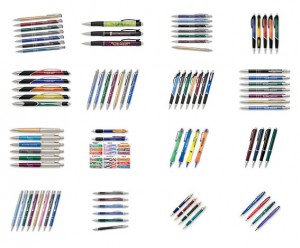Quick—What’s the Key Difference Between Inbound and Outbound Marketing Mindsets?
Just found this great article on traditional, marketer-driven outbound (“push”) marketing versus consumer-driven inbound (“pull”) marketing—and it had a really good insight I want to share with you:
Whereas outbound marketing often provided consumers with fantasies (think of Budweiser commercials or luxury car ads,) inbound marketing provides consumers with facts. People aren’t researching and gathering information on what fantasy a company is trying to sell them on, they are researching the efficacy of their products, and (with ever-growing regularity) the social and environmental policies of specific brands.
If you’ve followed me for a while, you know that I’m a huge believer in pull marketing, in putting the consumer in the driver’s seat to actively seek out solutions and find you. All the way back in 1985, when I published my first marketing book, I talked about effective Yellow Pages presence. Yellow Pages was the web browser of its time, a way to seek out and compare all the providers of a service and make a decision based on who could serve you best. By the time I did my most recent (sixth) marketing book, the award-winning and category-best-selling Guerrilla Marketing Goes Green, I devoted significant space to inbound/pull strategies, from social media to Internet discussion groups. This kind of marketing is not at all intrusive; in fact, it’s welcomed.
But the insight that the reason it works so well is that it’s based in fact rather than fantasy is something I’ve never articulated. And I find it particularly interesting because the common marketing wisdom is that emotions do the selling, and intellect serves only to justify the purchase to others. I’ve never believed that; I have said for years that the best selling uses both emotion and rationality, complementing each other. To put it another way, selling is much easier when the buyer has both the need and the desire. Either one by itself is rarely enough to close a purchase.
By coincidence, I’m reading a book right now that says businesses don’t need to advertise—but it makes a huge exception for directory listings (including Yellow Pages and search engine ads). I was having trouble with that differentiation, until I read this article. Now I finally understand what the authors are getting at: advertising = fantasy, while listings = fact.
I’m not sure I agree, but at least now I see where they’re coming from.
What do you think—and feel—about this? Please share below.

